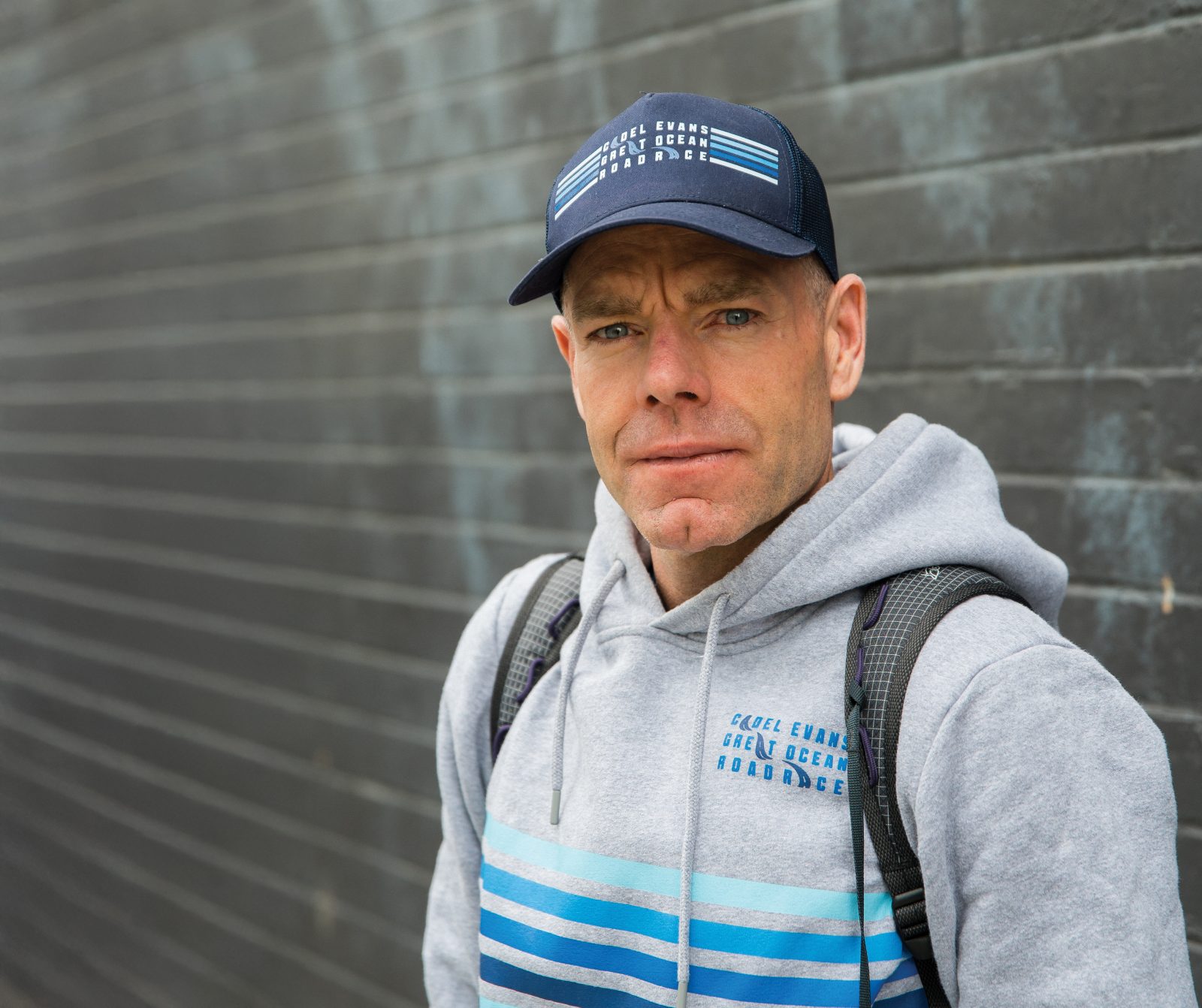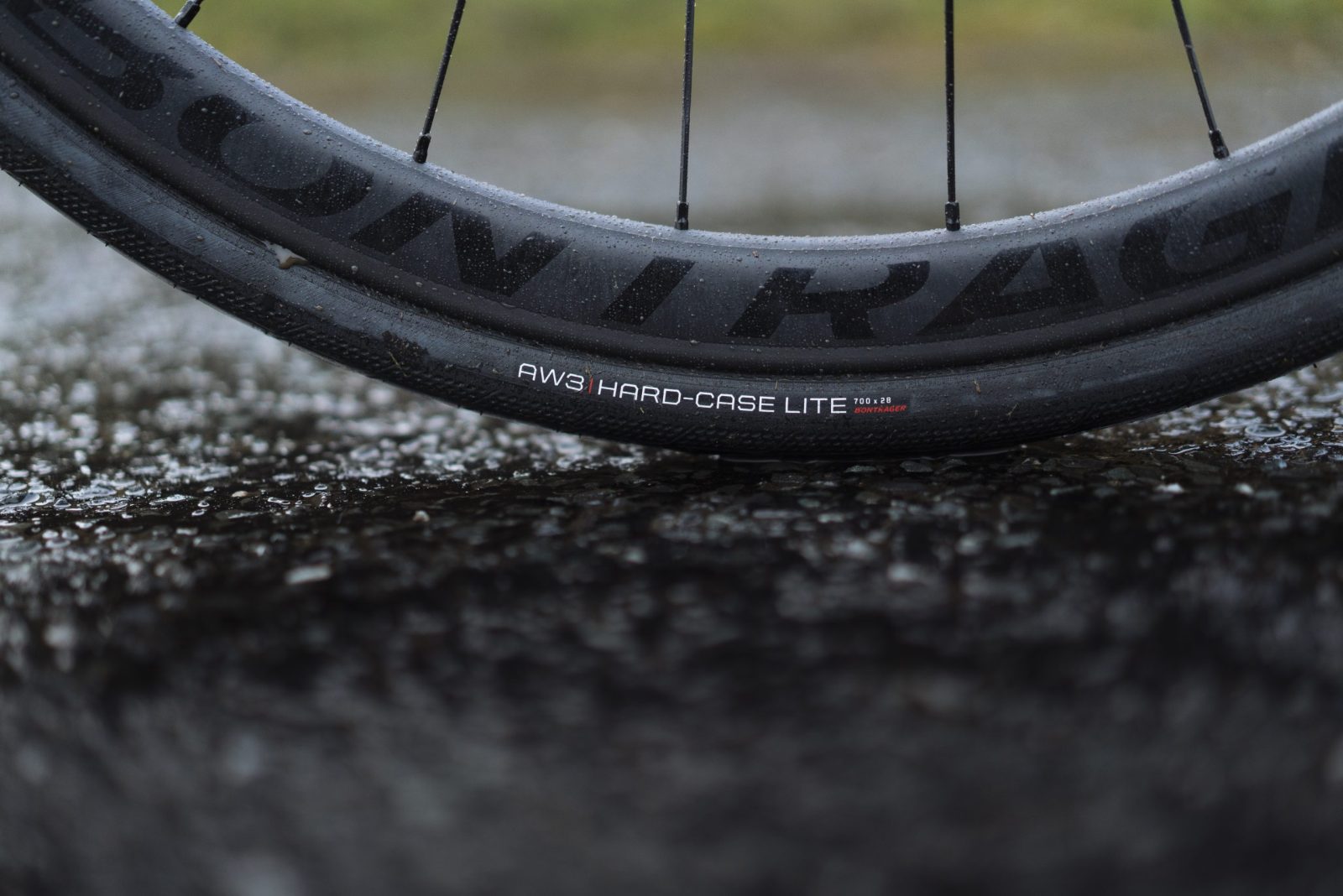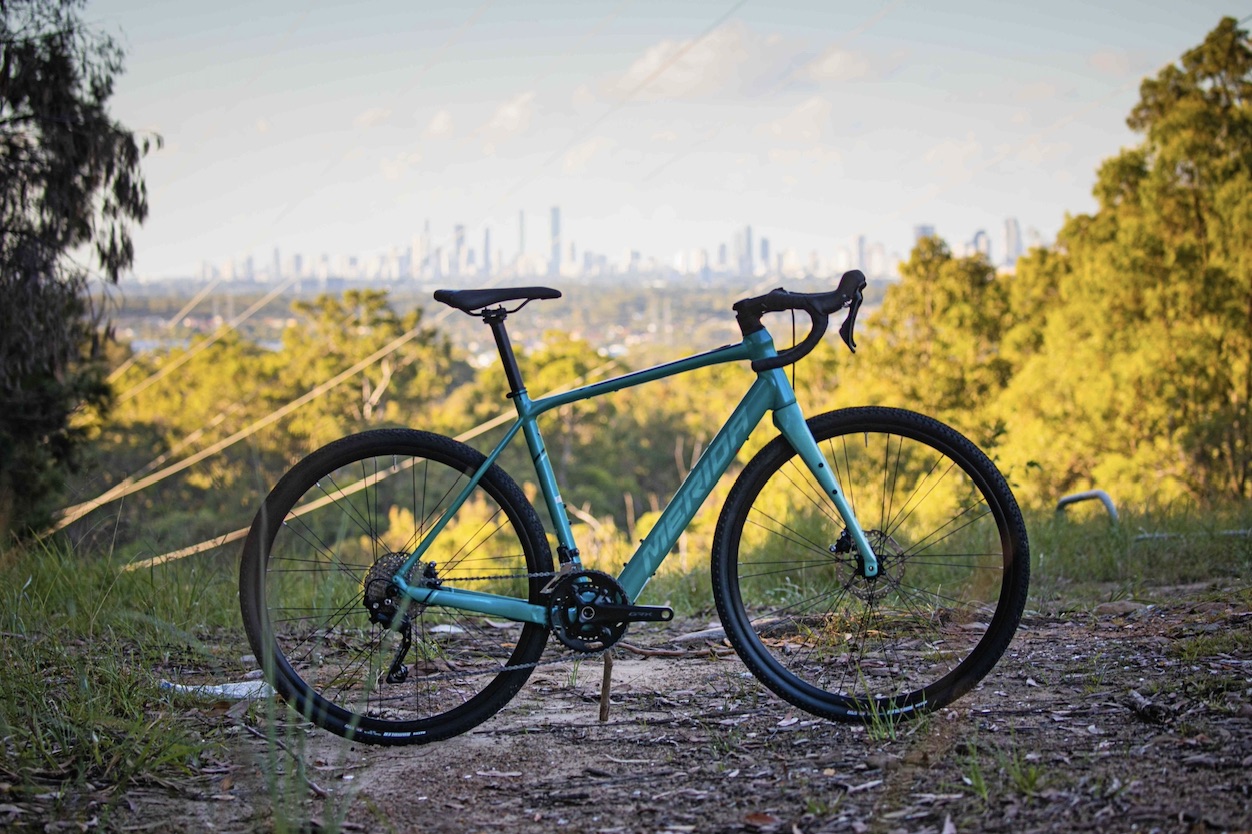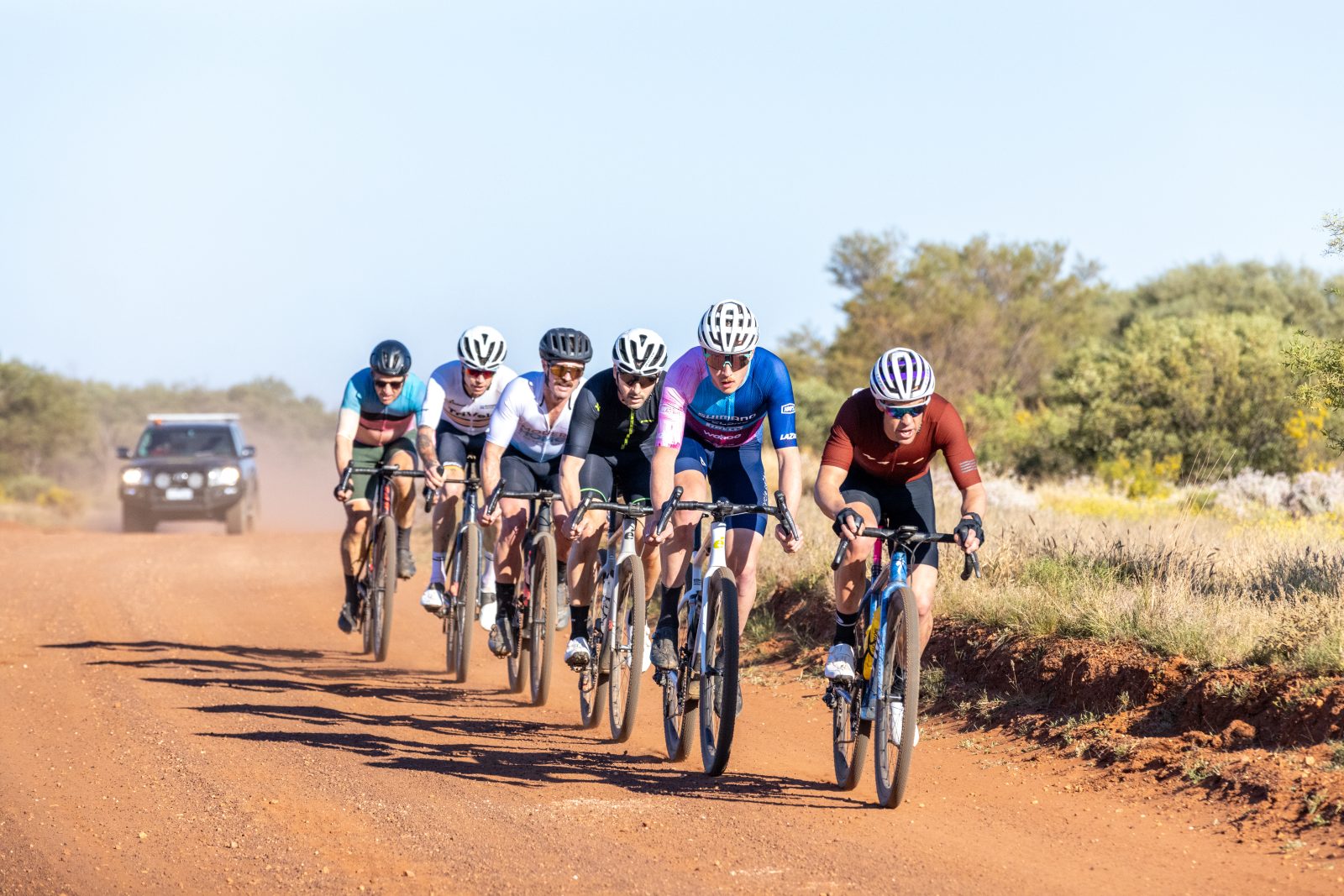As he prepares to relocate his young family back from Europe, Australia’s only Tour de France champion chats to Cyclist about the challenges the sport is facing, his hopes for the Cadel Evans Great Ocean Road Race, and what it was like to tow his kids up the Stelvio in a bike trailer…

Words Nick Squillari Photography Ben Lehner
Homeward Bound
Cadel Evans is one of Australia’s greatest ever cyclists, and without a doubt the most decorated. The only Australian winner of the Tour de France, the UCI World Championships Road Race, and Tirreno-Adriatico. The victor in what is still cited as one of the most gruelling stages of a Grand Tour, the gravel Strade Bianche Stage 7 of the 2010 Giro d’Italia.
A competitor in every sense of the word who once half-jokingly threatened to cut off the head of a journalist at the Tour who stepped on his dog. A TikTok-era anti-hero ahead of his time. He raced with broken bones and left swathes of his skin on the road, competing against riders who perhaps should not have been there.
Cadel Evans has given a considerable chunk of himself to racing, but even in retirement, he continues to contribute to a sport that has provided him with so much. Cyclist was fortunate enough to spend time with Cadel as we cut a lap of the UCI WorldTour race that he represents. The morning air was bracing, but Evans proved to be the warmer of ride partners. When our 124.3km ride is done, we sit down for a coffee and a chat at the Novotel Geelong, right on the Waterfront near the Cadel Evans Great Ocean Road Race (CEGORR) start and finish line. I begin by asking him how the race came about.
‘Not long after the 2010 UCI Road World Championships, my manager Jason (Bakker) sat down with Visit Victoria to look at building off the momentum of the event with an annual race,’ Cadel explains. ‘Visit Victoria loved the idea. So did I. But the next suggestion was to name the race after me, which I was less thrilled about.’
It tracks with what we knew of Cadel from witnessing his career. He never loved the spotlight off the bike, but his performances on the bike meant avoiding it was impossible. And so the inaugural CEGORR in 2015 became a poignant chapter in his story – a collision of beginnings and endings. The start of a legacy for Australian cycling, and the close of an era for one of its brightest stars.
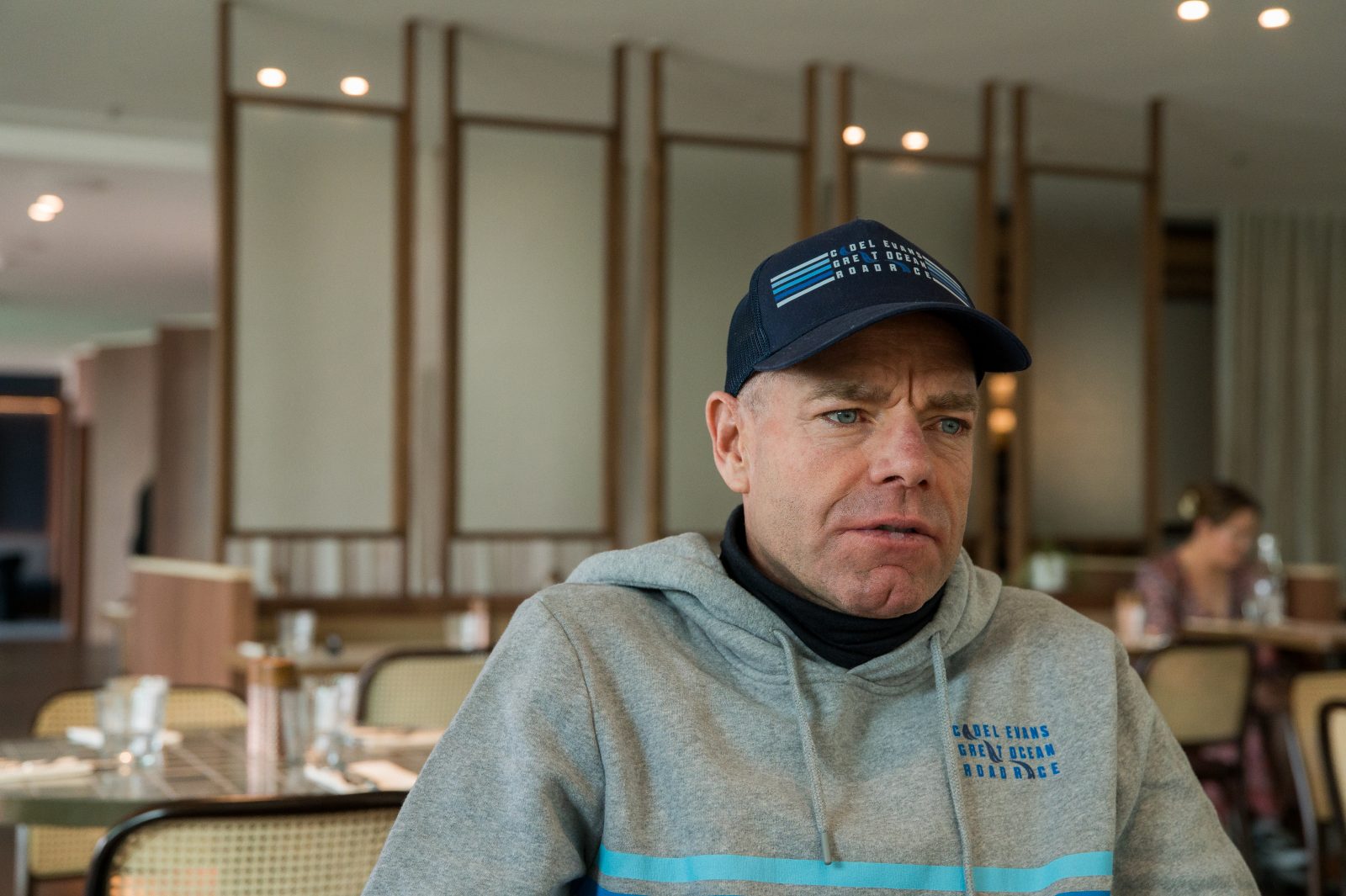
New Chapters
‘When I joined BMC, Jim (Ochowicz, team manager of BMC) said to me, “Cadel, don’t worry about retirement. When the time comes, I’ll tell you.” Which I thought at the time was an interesting thing to say,’ Cadel says. ‘But retirement wasn’t really on my mind. We both knew I had a lot still to give.’
Cadel agreed to join BMC in 2009, just a day before winning the UCI World Championships Road Race. The rest, as we know, is history. But much like a race, time waits for no one. Fast forward to 2014, and Cadel felt he still had a couple of years in him, especially after recovering from Epstein-Barr virus in 2012. Ochowicz had other ideas.
‘Jim said to me there was no place in the team for me past the end of 2014. Which, at the time, wasn’t what I wanted to hear. And if anything, it was motivation. I spent the majority of my career doing what people said I couldn’t – succeeding where it wasn’t thought possible. This was another one of those moments for me.’
He weighed up looking for another team. There were options available if he wanted them. ‘But, for whatever reason, I stopped and thought, “Cadel, maybe this is the one time you take the path of least resistance.” So I went back to Jim and asked if I could have a one-month contract for 2015. I would prepare the same, as if for a full season, race the Tour Down Under, and then bow out in my own race.’
Ochowicz agreed to the one-month contract. ‘In retrospect, it was the right decision – not only for me but for the team as well,’ Cadel says. ‘Sure, I might regret not having had more of a dig in the final kilometres, but fifth place in my own race – my last race – that was okay.’
Anyone who has followed Evans post-retirement knows he hasn’t sat idle. When your nickname is ‘The Lung’, you’re not likely to be the stay-at-home type. He spends much of his time outdoors: trail running, gravel riding, testing new BMC road bikes. Oh, and towing his kids in a trailer up the Stelvio – just another day in the life.
‘The watts are the same. It just takes you longer,’ he says of the Stelvio. ‘The boys were great – they loved it! I think they slept for half of it. Coming down wasn’t bad, except for my brakes. I noticed before we left that my pads were low and didn’t have any Shimano ones, so I went to a local bike store. They had compatible pads, but not Shimano pads, so I had to make do. They howled all the way down. Everyone could hear me coming. They thought something was wrong with my bike. Nope, just some shit pads! Still, a great ride.’
The Endless Summer
Now Evans is back in Barwon Heads, Victoria – not only for Australia’s upcoming summer racing season, culminating with CEGORR, but also to kick off relocating his family back to Australia. The shared residency between Switzerland and Victoria is shifting ever-more towards the latter, especially as his two boys prepare to start school. Cadel will maintain their Swiss home but will now experience a role reversal with stints in Stablo during Northern Hemisphere summers.
‘The locals had just started to accept me, too. It only took them 20 years,’ Cadel quips. ‘And now I’m moving!’
Having spent a month riding in Europe myself this year, I’m eager for Cadel’s thoughts on the differences – not just terrain, but also culture, drivers, and general acceptance of cyclists.
‘As you know, TAC (Transport Accident Commission) is a major sponsor of this event, which from a local Geelong point of view is great,’ Cadel says of the State government road safety organisation whose head office is in Geelong. ‘Their partnership goes beyond financial support. What they stand for and their ongoing efforts to keep roads safer both resonate with me deeply.
‘I worry about rider safety on Australian roads. I’ve heard too many stories of cyclists being hit or killed. I could not be more behind organisations like TAC as they work towards educating all road users about sharing roads safely.’
And while safety is paramount, Cadel points out that there’s a lot more to it than that. ‘There are knock-on effects outside of the tragic losses of life, such as the increases we now see in road and traffic control costs, and insurance costs. I want to see as many people as possible enjoying cycling.
That’s why I love the TAC People’s Ride that runs before the elite races, from the juniors who roll out with me at the start to the families completing it together and the riders who want to push for a personal best time. We would love to have as many people there as possible. But the costs of the event, to ensure it’s safe and properly insured, are rising rapidly. That all flows on from the state of the roads and the danger riders face from drivers.
‘I have real concerns that, in 20 years’ time, the majority of racing will be off-road. Gravel. Mountain bike. Cyclocross. And road will be one of those rare events that only happens when you’re fortunate enough to be able to afford a small road closure. I hate to sound so negative, but this is my fear of where road racing is heading in Australia unless we have a serious course correction.’
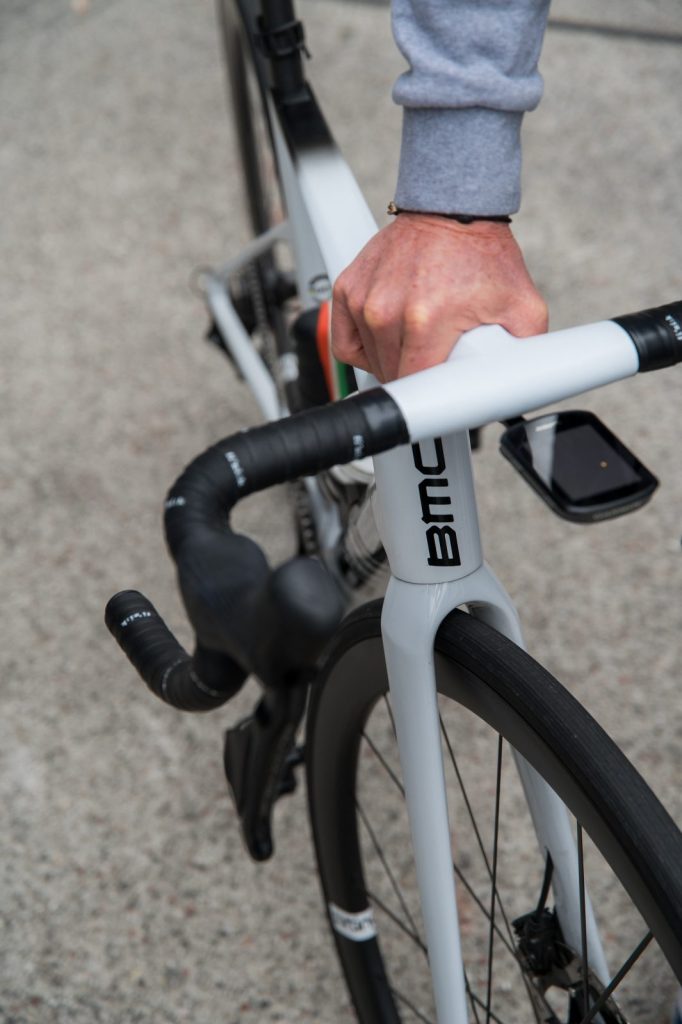
The Road Ahead
It’s not all bad news, though. I ask Cadel about the future of Australian cycling, and how the CEGORR weekend is proving to be a real pedestal for emerging talent. Gold medal winner Grace Brown was on the 2017 start list long before she’d secured Olympic and World Championships glory.
‘We’re certainly starting to see some exciting names step up at the race and make an early-season statement. It’s a WorldTour race, after all. It’s a big deal to grab a win at this level. We would love to see the main race be part of the mandatory WorldTour calendar from 2026 onwards. But even if there are some teams choosing not to attend, that’s okay. The space this creates for other talent is fine with us.’
Each year brings small tweaks to the main race spurred on by what we touched on earlier: gravel racing. I ask if any gravel features might be included in future races.
‘Scott Sunderland, our race director, has the same view as I do when it comes to gravel. If we ever add gravel, it has to be an amount that isn’t a risk of ending a race favourite’s chances simply due to a poorly timed puncture.
‘I used to say the same thing to the then race director of the Giro d’Italia, Angelo Zomegnan. Include some gravel, but not enough that it might end someone’s general classification chances. Of course, he gave us Stage 7 of the 2010 Giro – so I’m not sure he listened,’ Cadel smirks.
As our day of riding and subsequent chat comes to a close, it dawns on me that Cadel’s relaxed and open demeanour contrast sharply with the intensity of persona that many of us saw during his time as a pro. There’s no mistaking the competitive fire that still fuels him in many aspects of his post-retirement life, but now there are different outlets for it, of which the Cadel Evans Great Ocean Road Race is central.
During our ride earlier, I had asked Cadel about his favourite climbs. ‘My favourite mountain was always the one I was winning on,’ was his reply. An amusing answer, but also unmistakably one of someone who sees a challenge, not an obstacle, in whatever lies ahead of him. His story – from a determined kid on mountain bikes to a history-making Tour de France champion and now a family man and ambassador for the continued success of Australian cycling – bears this out. He gave Australia, and to an extent the world, a reason to believe in cycling again after a dark era. Cadel’s story is a reminder that while the jerseys may eventually fade, the legacy of perseverance remains timeless.
Cadel on…
…his bike set-up for that famous 2010 Giro Stage 7 gravel win
‘I only found out after the race, but a lot of the teams were looking at the bike I was lining up with on the start line and copying that. HTC saw I had deep section carbon wheels in, so swapped their riders over to those. Only what no team knew was that I had a bike change ready to go just before the gravel started. So I had the aero advantage on the sealed road up to then, and the gravel setup (they were Roubaix wheels) once we hit the Strade Bianche. Mind you, they were still only maybe 25mm wide. Nothing in modern terms.’
…if the Spanish conspired so he wouldn’t win the 2009 Vuelta
‘It wasn’t a conspiracy as much as incompetency, really, of the media motorcycle. They stopped in the middle of the road to film me with my puncture. The road was so narrow it blocked the convoy, leaving my team car stranded. But I’m more upset that Valverde was racing (when he should have been suspended) than I am over the media motorcycling and puncture.’
…which win he would choose if he could only have one: the Tour de France or the World Champs
‘Tour de France, for sure, is the one I would choose if I could only have one of those two. As for “bigger”, the Tour is bigger outside of cycling. A lot bigger. The World Champs is bigger within cycling. Luckily, I don’t have to choose.’
…becoming mates with other Aussies post-retirement
‘Guys like Simon (Gerrans) and Stuey (O’Grady) were not really riders that I spoke to much while I was racing, for various reasons. It’s funny now though, in retirement. Simon has moved down to the Bellarine and I helped him with my thoughts on places to live, schools for the kids, and general local’s advice. Stuey and I are riders within the same European cycling tours company during their summer, and it’s at the point now that when I hear Stuey is going to be on the same trip I’m on, it’s really great news. We all laugh at how we were never really mates until we called it a day, but I really enjoy both their company now.’
